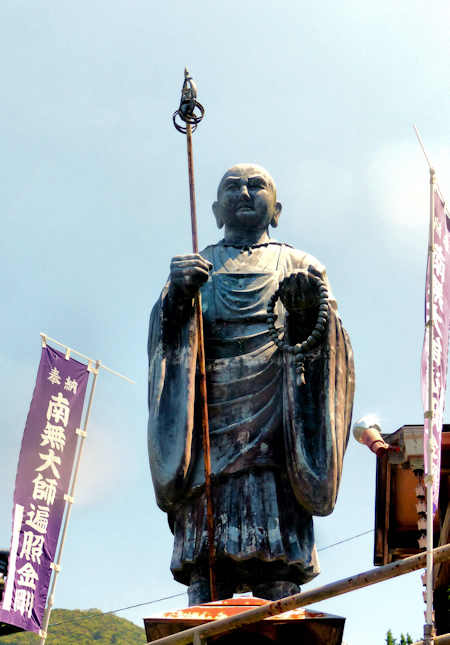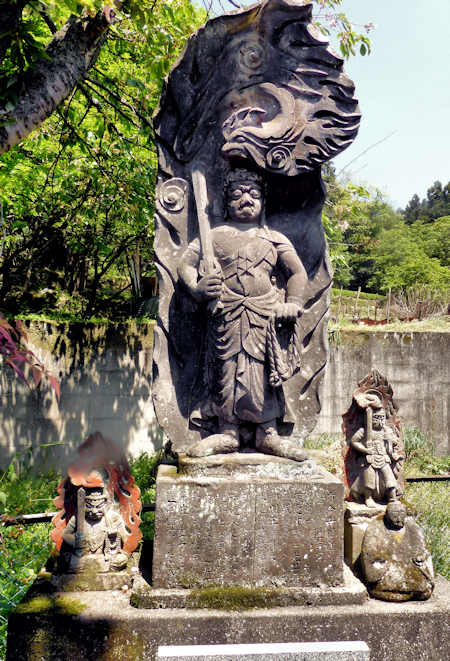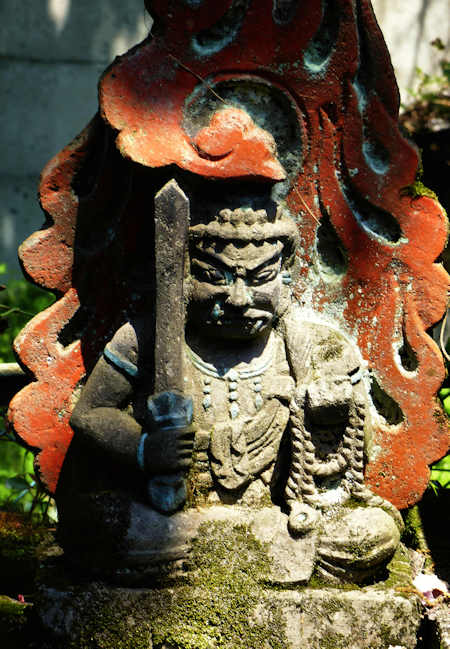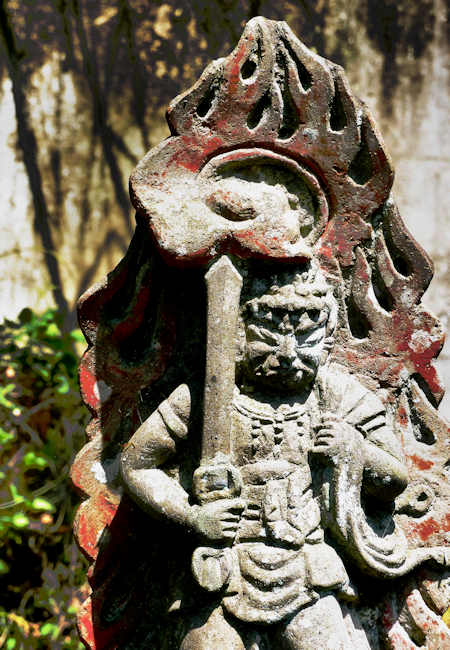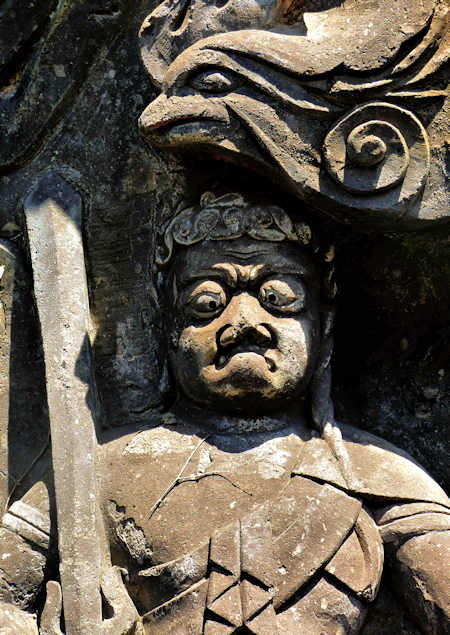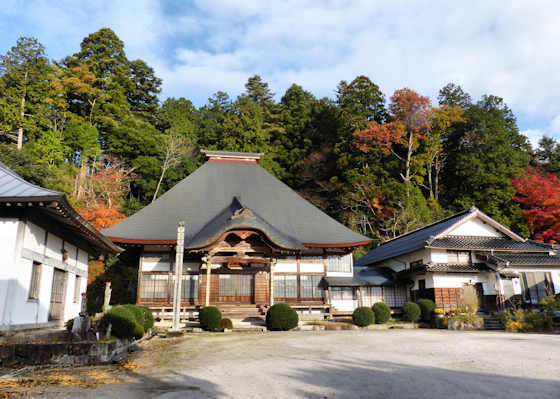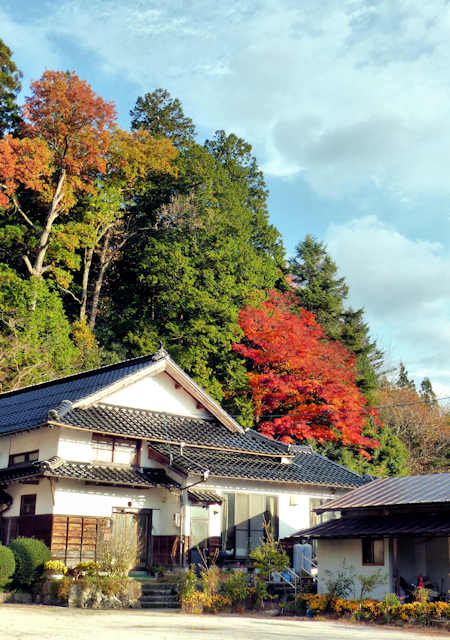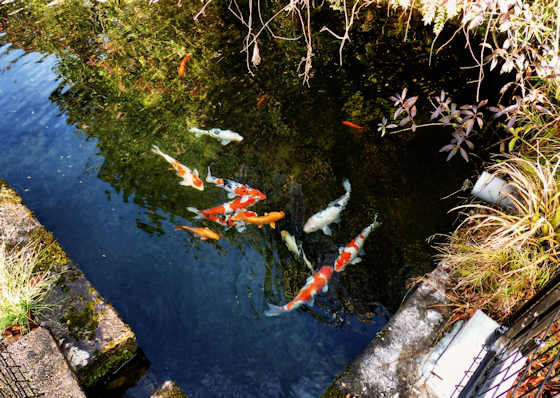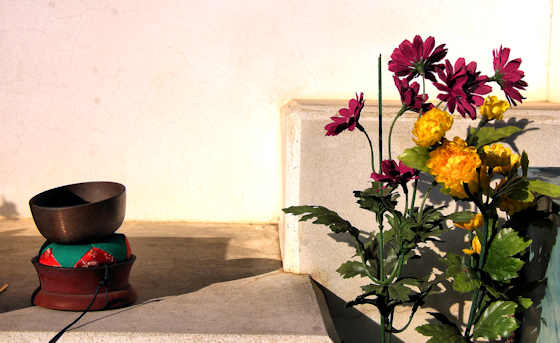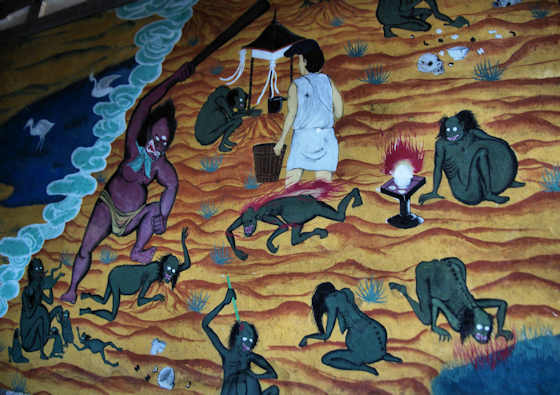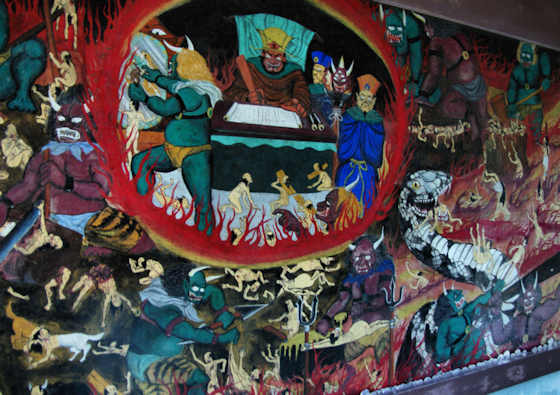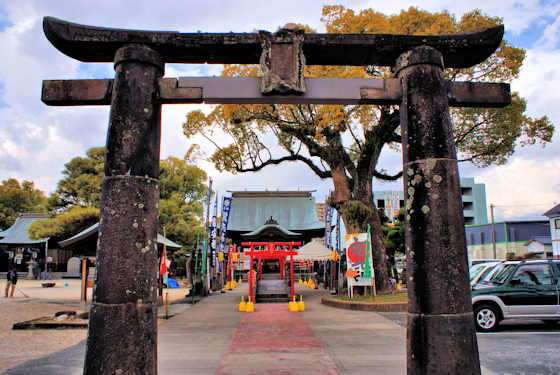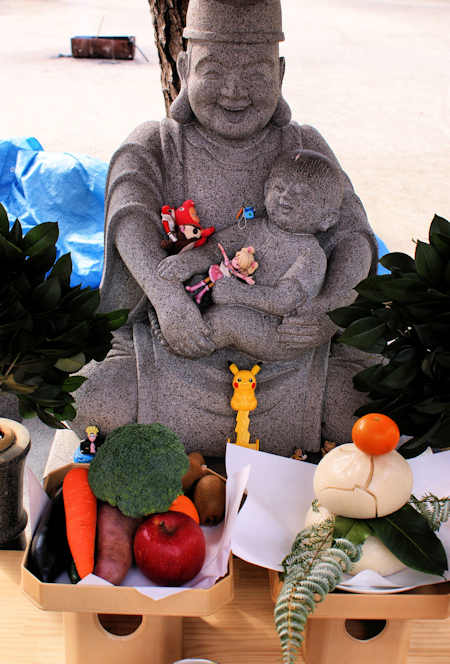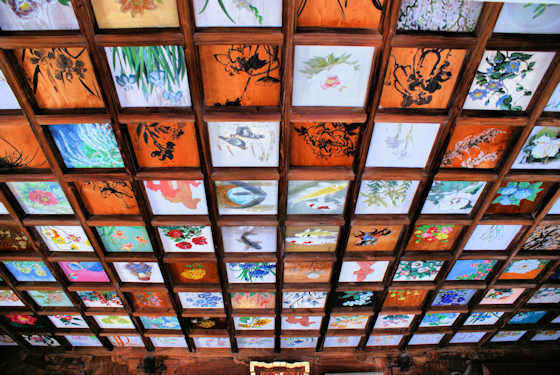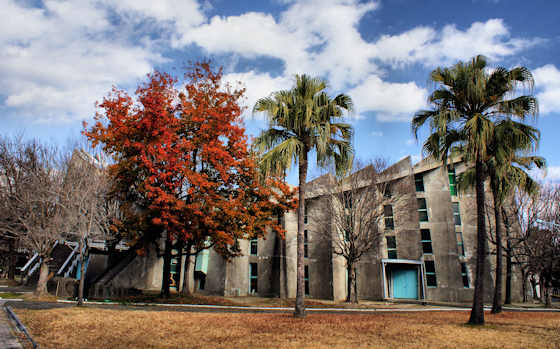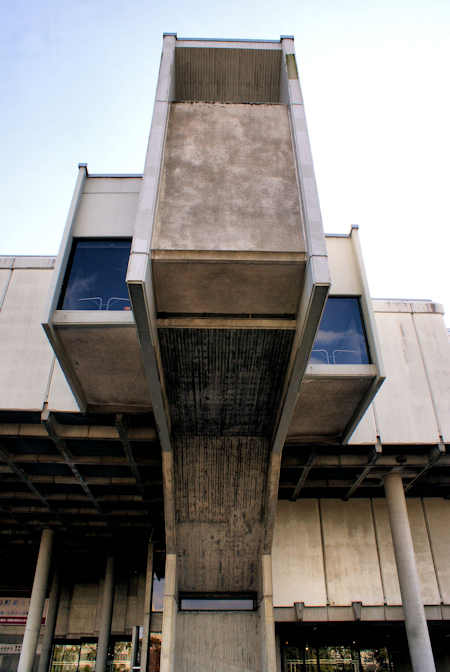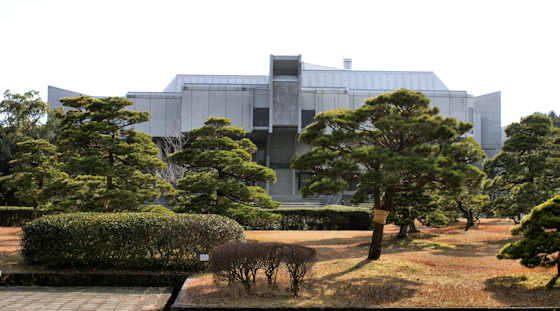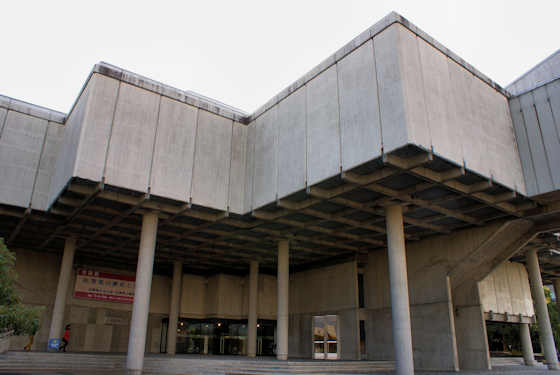Ryuzoji Hachimangu Shrine
Ryuzoji Hachiman Shrine is a small urban shrine located in downtown Saga. It was originally located near the original castle, but when the castle was greatly expanded in the mid 17th century, it was moved to the current site. The torii is in the Hizen style, and as far as I know this is the only style of torii based on region rather than cult.
It was founded by the Ryuzoji Clan who controlled the area before the Nabeshima Clan, who were vassals of the Ryuzoji, were given control. In the middle of the approach are a couple of red torii which lead to an Ebisu statue
The Ebisu cult is very strong in the area..... along the Nagasaki kaido, which runs through Saga, are hundreds of roadside Ebisu statues. A few days earlier along a branch of the Nagasaki kaido, the Hita kaido, there are also Ebisu statues. This one is very unusual in that Ebisu is holding a child. It is called Kosodate Ebisu. It was made in 2007. Most of the Ebisu statues around Saga have their own names and associations with different benefits.

The shrine was founded as a branch of the Tsurugaoka Hachiman Shrine in Kamakura. Hachiman was originally a Kyushu cult based in Usa in what is now Oita. Earlier on this day
I had visited Chiriku Hachimangu, a large shrine that had been established as a direct branch of the Usa Hachiman while it was just a local cult. With the construction of Todaiji and the Great Buddha in Nara, Hachiman was taken up to the home provinces and eventually became a national cult following the establishment of Iwashimizu Hachimangu south of Kyoto. I believe most Hachiman shrines now in existence are branches of Iwashimizu. Later however, the Minamoto Clan adopted Hachiman as their patron deity and established Tsurugaoka Hachiman, and subsequently, Hachiman was adopted by the samurai.
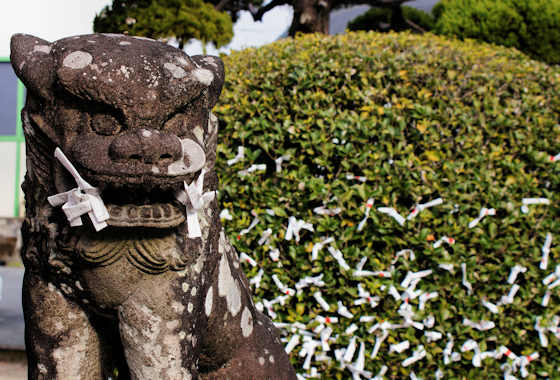
Within the grounds of Ryuzoji Hachiman is another shrine, Kusunoki Shrine, established in 1851 by the Nabeshima. Enshrined here is Kusunoki Masashige, a 14th century samurai known for fighting for the Imperial Court in Yoshino, the so-called Southern Court, who were in opposition with the Shogun-supported Emperor in Kyoto, the "Northern Court".
The shrine is the site of a meeting at this time wherein Saga joined with Tosa, Choshu, and Satsuma in an alliance against the shogunate and for the Emperor which led to the Meiji Restoration. What is not clear to me is whether the shrine or the meeting came first.

